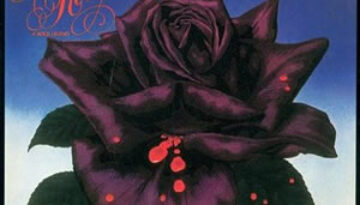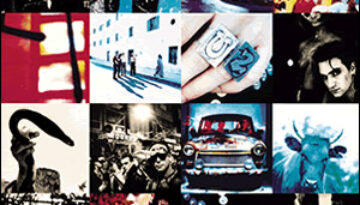Black Rose by Thin Lizzy
Buy Black Rose: A Rock Legend Perhaps the last great classic album by Thin Lizzy, the 1979 release Black Rose: A Rock Legend, peaked at number 2 on the U.K. album charts, making […]

Buy Black Rose: A Rock Legend Perhaps the last great classic album by Thin Lizzy, the 1979 release Black Rose: A Rock Legend, peaked at number 2 on the U.K. album charts, making […]

Buy Astral Weeks Astral Weeks was the second solo album by Van Morrison, and in a lot of ways it was his own, direct counter-reaction to the debut album which was released in […]

Buy Achtung Baby “The sound of four men chopping down The Joshua Tree.” This is how lead singer and lyricist Bono described the radical new approach that the established and successful band U2 […]